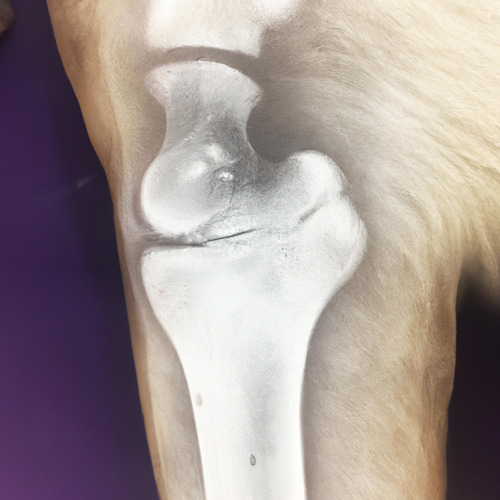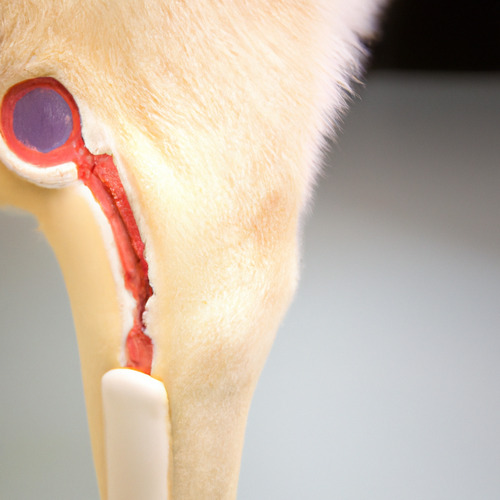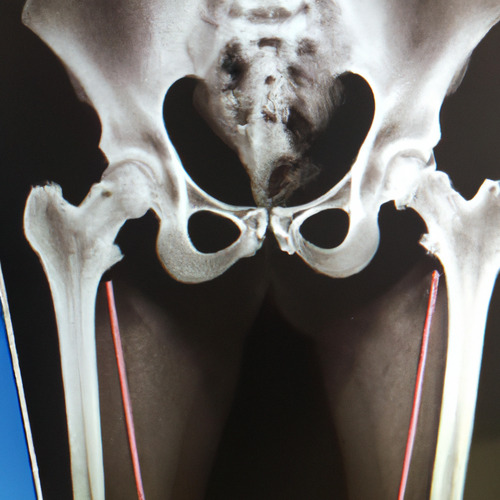Breaking Down Legg-Calve-Perthes Disease
health
Legg-Calve-Perthes Disease is a condition that affects the hip joint in dogs. It is caused by a reduction in blood flow to the head of the femur bone, leading to necrosis (death) of the bone tissue. Early signs of this disease include decreased activity, pain in the hip joint, and stiffness.
Symptoms of Legg-Calve-Perthes Disease
Symptoms of Legg-Calve-Perthes Disease can include limping or favoring one hind leg, difficulty rising or jumping, decreased range of motion in the hip, and muscle wasting in the affected hind leg. As the disease progresses, your dog may also exhibit signs of pain, such as yelping or whining when the affected hip is touched.
Treatment for Legg-Calve-Perthes Disease
Treatment for Legg-Calve-Perthes Disease typically involves rest and confinement to prevent further damage to the hip joint. In some cases, surgery may be necessary to remove the necrotic bone tissue and realign the hip joint. Medications such as pain relievers and anti-inflammatory drugs may also be prescribed to help manage your dog's symptoms.
Prevention of Legg-Calve-Perthes Disease
To prevent Legg-Calve-Perthes Disease, it's important to keep your dog at a healthy weight and to provide regular exercise to maintain muscle strength and joint health. Keeping your dog's joint health in mind, avoid excessive running or jumping on hard surfaces, and provide a supportive and cushioned sleeping surface.
If you suspect that your dog may be suffering from Legg-Calve-Perthes Disease, it's important to take them to a veterinarian for an evaluation. Early diagnosis and treatment can help to reduce the progression of the disease and improve your dog's quality of life.




